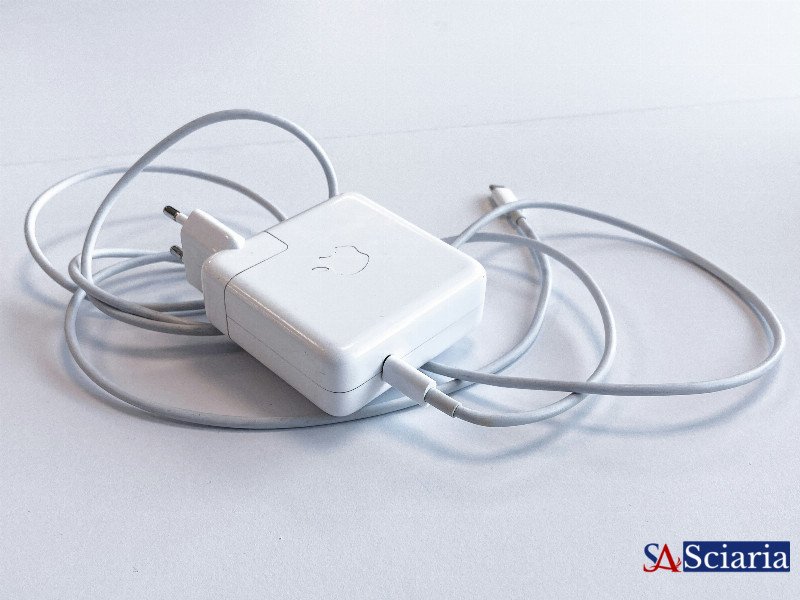Goodbye Chargers: The Rise of Ambient Energy Harvesting
- Sciaria
- Energy
- Oct 04, 2025
- 0 Comments

Tired of hunting for a charger, battling tangled cables, or watching your device battery icon turn red at the worst possible moment? You're not alone. For decades, our reliance on portable electronics has come hand-in-hand with the perpetual tether of the charging cable. But what if that era is rapidly drawing to a close? What if your devices could power themselves, seamlessly, from the very air around them? Welcome to the dawn of ambient energy harvesting, a revolutionary concept poised to redefine our relationship with power.
Ambient energy harvesting is precisely what it sounds like: the process of capturing and converting tiny amounts of energy from natural sources in the surrounding environment into usable electrical power. Think of it as 'free' energy, constantly available. This isn't about massive solar panels on rooftops, but rather microscopic technologies capable of harnessing light (photovoltaic), heat (thermoelectric), radio frequency waves (RF), or even kinetic motion (piezoelectric). These seemingly insignificant energy sources, when aggregated and efficiently converted, can provide enough juice for a surprising array of low-power devices.
The potential applications are vast and transformative. Imagine smart home sensors that never need battery replacements, medical wearables that continuously monitor vital signs without user intervention, or vast networks of IoT (Internet of Things) devices embedded in smart cities, agricultural fields, or industrial settings, all operating autonomously. Remote sensors in challenging environments, previously constrained by battery life, could now function indefinitely. This 'set it and forget it' power solution is not just about convenience; it's about enabling a new generation of ubiquitous, always-on technology that was previously impractical due to power limitations.
Beyond convenience, the implications for sustainability are profound. A world less reliant on disposable batteries means significantly less electronic waste. Reducing the demand for traditional grid power for billions of small devices contributes to a greener footprint. Furthermore, the inherent efficiency and self-sufficiency of energy harvesting systems can lead to lower operational costs for industries deploying large-scale sensor networks, making advanced monitoring and data collection more accessible and economically viable.
While ambient energy harvesting is still maturing, particularly in its ability to power larger, more energy-intensive devices, rapid advancements in material science, miniaturization, and power management circuits are pushing the boundaries of what's possible. The future promises a world where our smartwatches, fitness trackers, and countless IoT devices are truly autonomous, powered by the very environment they inhabit. The days of 'low battery anxiety' are numbered. The charging cable, once an indispensable accessory, is slowly but surely becoming an artifact of the past, paving the way for a truly untethered, always-on technological future.
Comments (0)
Rate This Blog
Top Blogs by Rating
Your Digital Shadow: What Stat...
By Sciaria
The Silent Language of Your Bo...
By Sciaria
Are You Just a Colony? The Int...
By Sciaria
Favorite Blog
Unleash Your Inner Recess: The...
By Sciaria
Is Electro Music the New Class...
By Sciaria
Bending Light, Shaping Reality...
By Sciaria





